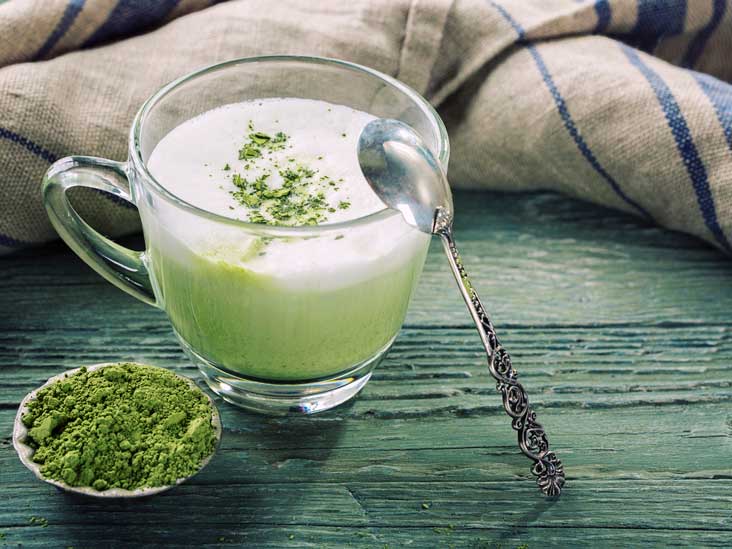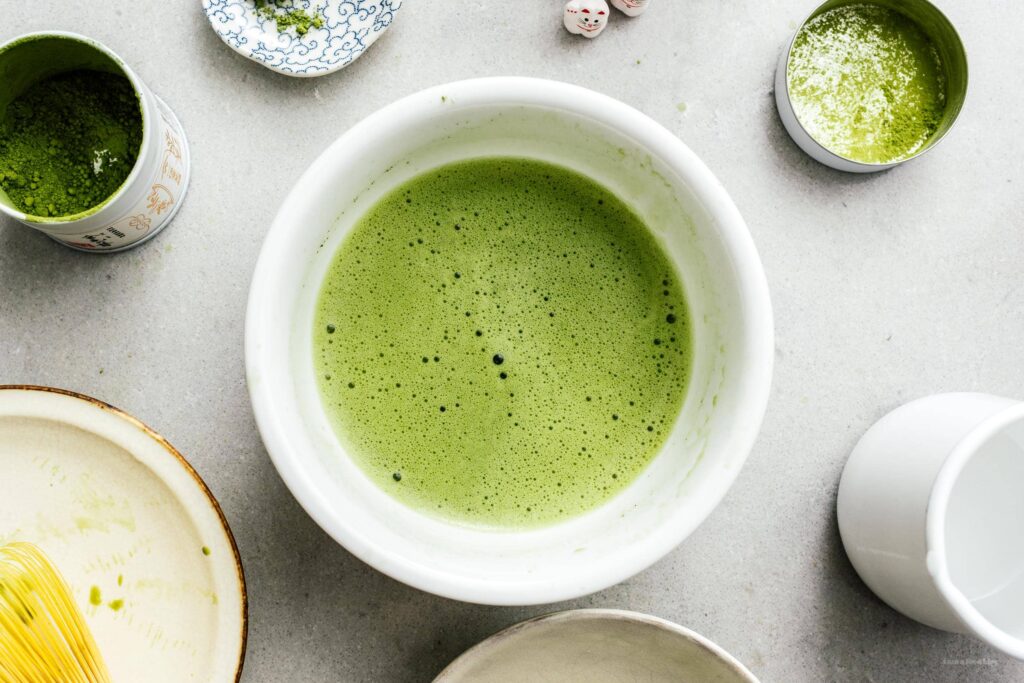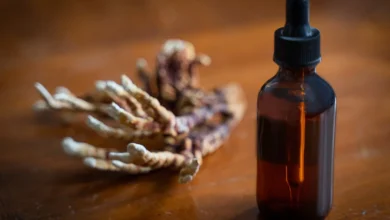The Role of Matcha in Traditional Japanese Culture: 5 Things to Know

Are you interested in gaining a deeper understanding of Japan’s traditional culture?
Matcha, an integral component of Japanese tea ceremonies and cuisine, is a key part of Japan’s culture and is worth exploring. In this article we’ll discuss the significance of matcha in traditional Japanese culture and explore the many uses of this staple ingredient.
History of Matcha in Japan
Matcha green tea originated in China as a medicine and was popularized by Buddhist monks. It arrived in Japan during the Nara period (710-794 AD), and was introduced to the Imperial court. From that moment on, matcha blossomed into a beloved part of traditional Japanese culture.
The powdered green tea is regularly used during tea ceremony practices, such as chanoyu, sado and other forms of omotesenke (formal style) or urasenke (informal style). Tea ceremony practitioners appreciate matcha for its flavor, aroma and color. Zen Buddhism views preparing a bowl of matcha as a spiritual exercise that requires mindfulness.
Preparation and Consumption of Matcha

It is a special type of powdered green tea that comes from Japan. For hundreds of years, it has been used in traditional Japanese tea ceremonies, traditions that are still respected today. Preparing and consuming matcha involves a set of practices which reflect respect towards the tea and those with whom you share it.
The preparation of matcha begins with sifting the green powder into a bowl to ensure a smooth texture. Bamboo whisks and scoops called chashaku are then used to whisk the powder with hot water until foamy and frothy. When served, guests often fold their hands in front and offer their thanks before each sip.
Traditionally, it is served in small cups known as chawan bowls without additional ingredients, like sugar or honey. It is customary for guests to drink their matcha in three gulps, taking care to fully appreciate its flavor on each sip. After consuming the tea, guests thank both the host for serving them as well as nature for providing the wonderful tea leaves and other ingredients needed for preparation.
In addition to its ceremonial uses, it can be consumed daily as part of one’s regular diet or enjoyed in many other types of brewed teas, smoothies, lattes or baked goods. No matter how you choose to enjoy this special beverage, remember to always show your appreciation and respect for tradition when preparing and consuming it!
Health Benefits of Matcha

It is well known that it contains powerful antioxidants, which are beneficial for helping to protect the body from free radical damage which can cause chronic illness and even cancer. The antioxidants found in matcha have been found to have helpful properties in promoting heart health and aiding digestion. In addition, these antioxidants have been used as an aid in weight loss due to their ability to increase natural metabolism.
The caffeine content of matcha is on par with coffee, although it affects the body differently compared to coffee’s stimulation. The caffeine content of matcha works together with l-theanine, an amino acid found primarily in green tea leaves. This combination provides a gentler form of energy that lasts longer than what you would get with coffee, but without jittery feelings or anxiety usually associated with a high caffeine intake.
Other possible health benefits of it include it being filled with nutritional goodness such as vitamins (A, B-complexes, C and E), minerals (potassium and iron) dietary fiber, calcium and protein; having anti-inflammatory effects; being antiviral; having features that can help reduce cholesterol levels in the blood, encourage healthy skin and help prevent Type 2 diabetes development; as well as aiding alertness and concentration over long periods of time! As such it can be an excellent part of any healthy lifestyle regimen!
Japanese Tea Ceremony and Matcha

The tea-drinking tradition of the Japanese tea ceremony, known as “chado” or “the way of tea,” has evolved over several centuries and has many varied styles. The traditional preparation and drinking of it, a type of green tea in which the powdered leaves are consumed in full, is an important part of this practice. In this article, we will explore some facts about how matcha is traditionally used in the Japanese Tea Ceremony.
The ritual begins with a five-step process called “inviting spirits to join us.” This ceremony helps prepare participants’ minds for the peaceful serenity and spiritual aspects that follow. The host serves sweet treats first before offering up the bitter taste of matcha. This combination stimulates both parts of one’s mind: sweet for emotion and bitter for thoughtfulness.
The host then prepares the tea using a chawan (teacup) and chasen (bamboo whisk) to mix together the hot water from an iron pot and matcha powder in another bowl called a mizusashi (water container). After gently stirring the mixture into a smooth paste that can be enjoyed with either small sweets or plain dry crackers in order to balance out its bitterness.
Participants observe profound silence throughout the ceremony until finally concluding it by wiping off their hands on an orange cloth offered by the host, which marks completion signifying respect and gratitude for nature as well as each other’s presence at this tranquil moment.
These are some general guidelines that help provide insight into how matcha plays an important role within traditional Japanese culture during ceremonial tea occasions. From here, you can explore further how this delicious beverage is celebrated around Japan including regional variations found through tasting tours of specialty shops located across different prefectures!
In conclusion, it occupies a special place in traditional Japanese culture. It is an important part of religious ceremonies, not just because of its flavor and color, but because it is believed to have positive energy that helps bring people together. Matcha is also seen as a sign of hospitality in Japan, offered to guests at tea ceremonies and used in confections or enjoyed as a beverage. Even outside of traditional culture, matcha has come to be appreciated by many around the world.



